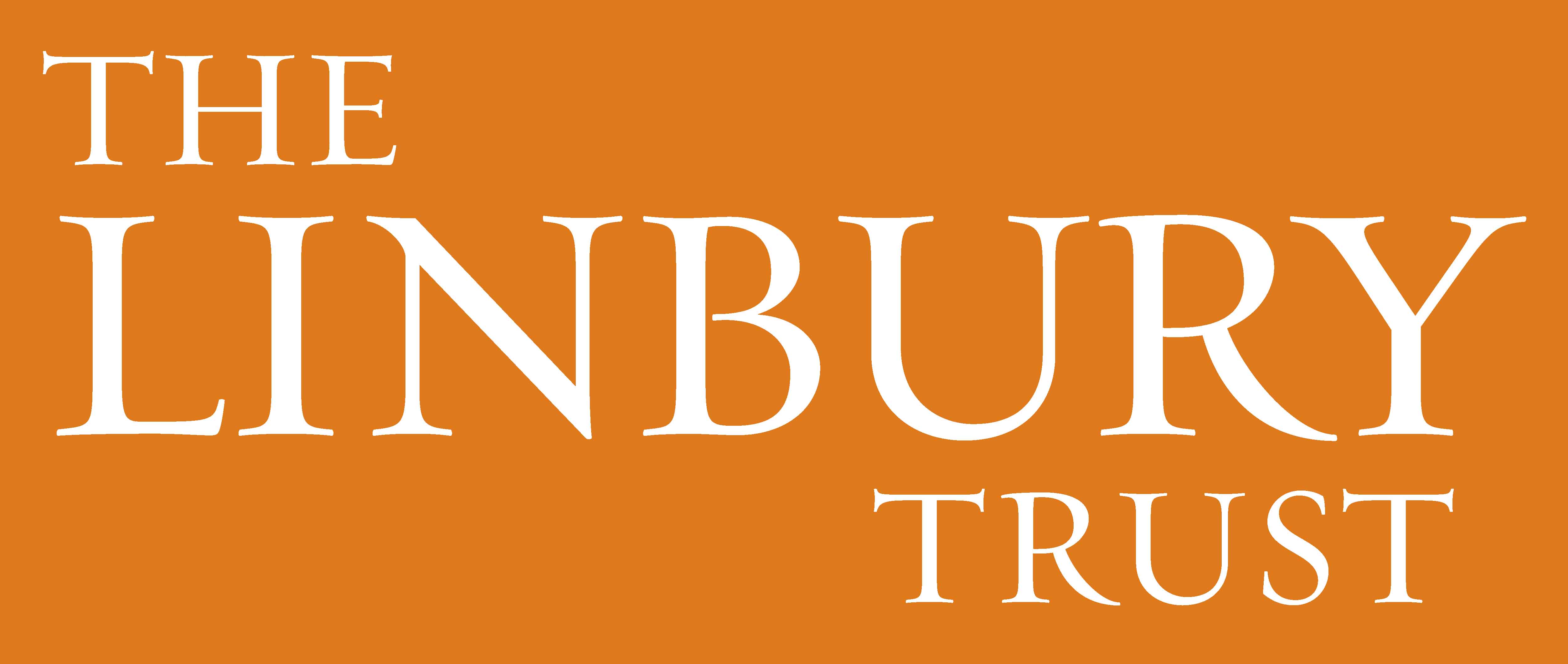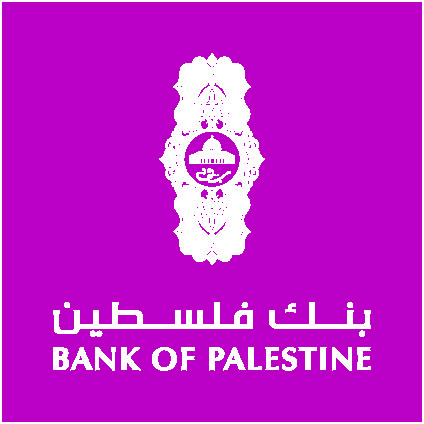Intimate Terrains: Representations of a Disappearing Landscape explores the changing representation of landscape by Palestinian artists, and our relationship to place and location through the themes of erasure, fragmentation, distance and belonging.
The exhibition brings together a spectrum of works which explore how representations of the landscape have evolved over the decades. The exhibition presents how loss and ongoing transformations of the landscape contour representations, along with addressing questions of the experience of distance from the homeland and exile. Landscape has been a prominent subject matter in the work of Palestinian artists as it is a deeply layered terrain of inscriptions, memories and histories, which holds a central place in the identity of Palestinians.
How do artists then negotiate collective and personal memory in relation to the representations of landscape? and how does the changing reality on the ground contour their images? How does exile and different experiences of alienation shape the views of the landscape? How have artists engaged with the materiality of the land? And how do artistic practices and their intimate relationships to places manifest around a disappearing landscape?
The ongoing drastic and violent transformation of the landscape along with the different views Palestinians have of the land in relation to their restricted access to it is one of the undercurrents of the exhibition. The question of the erasure of our presence in the landscape and the complexity of remains, traces and testimonies are explored by various artists, while the ongoing fragmentation, loss, longing, memory and nostalgia are themes which run throughout the works in the exhibition explored by artists of different generations in works which question the very premise of these ideas, providing a wide range of perspectives on these experiences.
Tina Sherwell, PhD is an art historian, artist and curator, she was director of The International Academy of Art, Palestine, a post she has held between 2007-2012 and 2013-2017. Previously she was Programme Leader of Fine Art at Winchester School of Art, (2005-2007). She was also Executive Director of the Virtual Gallery at Birzeit University and worked with Tate Online on their digital archives (2004-2006). She won a prize at the Alexandria Biennale in 2001 for her map series of Palestine. She is the author of various texts on Palestinian art and visual culture including essays on Jumana Emil Abboud Nabil Anani, Bashir Makhoul and Sliman Mansour. Recent texts and conferences include Fields of Visions: Contemplations of Views, Vantage Points and the Unseen, From B to X Making History after John Berger, Université de Lausanne and Musée de L’Elysée (2018) The Curriculum, Creative Time Summit, (Venice 2015) Curatorial Expeditions: The Ramallah Safari, Stedelijk Museum Journal (2014) and Recent curated exhibitions include Degree Show of the International Academy of Art, Palestine (2011-2018), Disrupted Intimacies, French-German Cultural Centre, Ramallah (2015), Retrospective of Sliman Mansour, Palestinian Art Court - al Hoash, Jerusalem (2011)..
Participating artists: Asad Azi, Basma Alsharif, Bashir Makhoul, Benji Boyadgian, Tawfiq Jawharieh, Tayseer Barakat, Taysir Batniji, Jack Persekian, Jumana Emil Abboud, Jawad Al Malhi, Johny Andonia, Hazem Harb, Hasan Daraghmeh, Khalil Rayan, Rafat Asad, Rana Bishara, Rula Halawani, Samia Halaby, Steve Sabella, Sliman Mansour, Samira Badran, Suha Shoman, Sophie Halaby, Tarek Al-Ghoussein, Amer Shomali, Aissa Deebi, Vladimir Tamari, Vera Tamari, Larissa Sansour, Laila Shawa, Manal Mahamid, Nasser Soumi, Nabil Anani, Nida Sinnokrot, Walid Abu Shakra, Yazan Khalili.
Lenders: Yvette and Mazen Qupty Collection, George Al Ama, Bank of Palestine, Birzeit University, VCU School of the Arts, Galerie Imane Farès, Sfeir-Semler Gallery, Ayyam Gallery, Tabari Artspace, The Third Line Gallery, Dubai, Zawyeh Gallery, Vera Tamari, Kyoko Tamari, Mariam Tamari, Mona Tamari.
Donors: Bank of Palestine, The Linbury Trust


Media Partners: Raya FM, 24 fM


Public and Education Programme
The Public and Education Programme includes a series of workshops, activities and educational programmes targeted at students and families. These include; art workshops, interactive tours, family and study days, and a series of lectures, seminars, and intellectual encounters that are planned around the monthly themes of the exhibition Intimate Terrains.
April: Ecosystem
The Palestinian farmer pre-1948 became a symbol of a collective identity, and agriculture was the backbone of the local economy. Living in a biodiverse landscape influenced Palestinians’ relation with their environment. Through the years, numerous challenges have affected this relation, mainly due to the environmental violations of the occupation, and denying the Palestinians the right to fully access and benefit from their natural resources. This theme addresses the question of landscape in terms of water resources, local ecology, environmental change, and explores the flora and fauna of Palestine.
May: Palestine in Western Representations
The landscape of Palestine as a Holy Land was portrayed by many Western travellers, pilgrims, and orientalist scholars through the centuries. It was depicted in travel journals, illustrated bibles, paintings, and some of the earliest photographs and moving images ever produced. Some of these depictions presented the place as an exoticized biblical site frozen in time, therefore rendering its people as not relatable, invisible, and their land as primed for dispossession and colonisation. This theme explores these representations and their role in the current reality, as well as their successor contemporary media representations/misrepresentations of Palestine and its land.
June: Visual Arts
This theme explores the changing representation of landscape in Palestinian art, across a range of creative fields; visual arts, cinema, posters, pop culture and iconography, and examines how these representations have been connected to and affected by the transformation of the landscape through the years.
July: Cultural Heritage
Palestinian traditions and social customs are strongly related to and influenced by the local landscape. This influence has manifested in various songs, dances, musical creations, and folktales. This theme specifically looks at the questions of traditions related to locations and landscapes, taking into consideration the transformations of these traditions over the years, especially after the displacement of Palestinians from their cities and villages. It also dedicates a specific focus to village architectural traditions.
August: Geography
Mapping is inherently linked to control, whether it is used as a tool of colonialism or everyday route navigation. In Palestine, the power of maps is a lived reality, where Palestine is often erased from global maps, and navigation apps don’t recognize Palestinian streets and villages.
This theme looks at the politics of the representation of Palestine in maps and cartography, historically and politically. It also examines the politics of archaeology and its relevance to Palestinian discourse, and how it is used to claim authenticity and ownership of the land.
September: Architecture Under Occupation
Palestinian landscape has witnessed a growing wave of urban expansion. A random expansion for the most part that is subjected to numerous political and socio-economic forces, which make landscape and urban planning a much-needed and daunting task. This theme specifically explores the transformation of the built environment in Palestine, across different historical periods and looks at the implication of different historical, social and political factors on the development of the urban environment. It includes Israeli settlements and their effect on planning for the near or distant future.
October: Movement
This theme explores the movement of Palestinians across internal and external borders, as well as at the practice of walking, hiking and trails in Palestine. Walking, a basic human activity can have a loaded meaning in the Palestinian context. It is a powerful reminder of Palestinians restricted movement, their disappearing land, and walking as means of reclaiming the land.
November: Literature
In Palestinian literature, landscape appears frequently and takes on multiple roles. Authors and poets highlighted landscape as a symbol, a stage that holds an eventful moment, an element to talk about Palestinian identity and more. This theme follows these articulations of land and landscape in writing, language and poetry. It also explores different Palestinian literary traditions and narrations.
December: Political History and Negotiations
Politics is one of the main forces that have reshaped and defined the Palestinian landscape. This theme looks at the wide and far-reaching issues of the political discourse surrounding Palestinian land, including power relations, peace negotiations, global and local political actors. It also explores moments in the historical discourse related to the Palestinian landscape, for example, the role of collective memory in writing a history that resists a dominant narrative that is mostly framed through a Zionist and Western lens.